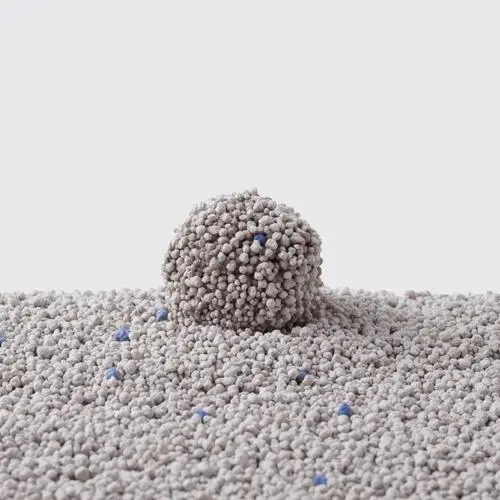
Understanding the Pricing Trends and Factors for Custom Mica Sheet Orders in Today's Market
Understanding Custom Mica Sheet Prices Factors and Trends
Mica, a naturally occurring mineral, is known for its excellent thermal, electrical, and insulating properties. It is widely used in various industries, including electronics, automotive, and construction. Custom mica sheets are specifically tailored to meet the unique needs of different applications, making them an essential component in many manufacturing processes. However, the prices of custom mica sheets can vary significantly based on several factors, which we will explore in this article.
The Quality of Mica
The quality of mica plays a crucial role in determining its price. High-quality mica, which is pure and free from impurities, tends to be more expensive. This is particularly relevant for industries that require mica sheets with specific electrical or thermal properties. For instance, in electrical insulation applications, even minor impurities can compromise the performance of the material, making higher-quality options more desirable—and thus more costly.
Thickness and Size Specifications
Custom mica sheets are available in a range of sizes and thicknesses, and these specifications greatly influence pricing. Thicker sheets generally require more mica material and can demand higher prices. Additionally, the size of the sheets influences their cut and processing costs; larger sheets may incur higher costs in terms of fabrication and transportation. Customers often need to balance their specific requirements with budget constraints when sourcing mica sheets.
Customization and Production Process
The level of customization also impacts the pricing of mica sheets. Businesses often require unique shapes, sizes, or treatments to meet their application needs. Customization incurs additional costs due to the need for specialized manufacturing processes. The complexity of the manufacturing process—such as cutting, shaping, or applying additional coatings—can also affect the final price.
custom mica sheet prices

Furthermore, rapid prototyping and smaller production runs, although beneficial for testing applications, can lead to higher per-unit costs compared to bulk orders. Manufacturers typically offer discounts for larger orders, which can help mitigate costs for buyers needing a significant quantity.
Supplier and Market Dynamics
The choice of supplier can significantly impact prices as well. Established suppliers with a reputation for quality may charge premium prices for their products. On the other hand, newer suppliers or those operating in lower-cost regions might offer more competitive rates. Additionally, market dynamics such as demand fluctuations, raw material availability, and geopolitical factors can influence mica prices. For instance, a surge in demand from the electronics industry could lead to increased prices, while an oversupply could result in lower costs.
Shipping and Logistics
Shipping costs are another essential factor when considering the price of custom mica sheets. Depending on the location of the manufacturer and the destination, transportation fees can add significantly to the overall cost. For international orders, customs duties and tariffs may also apply, further complicating the pricing structure. It's important for buyers to account for these logistical expenses when budgeting for their custom mica sheet purchases.
Conclusion
In conclusion, the prices of custom mica sheets are influenced by a myriad of factors, including the quality of mica, size and thickness specifications, level of customization, supplier dynamics, and shipping costs. Understanding these elements can help businesses make informed decisions when sourcing mica sheets for their applications. By carefully considering their needs and exploring different suppliers, companies can find a balance between quality and affordability, ensuring they get the best value for their investment in custom mica sheets.
Share
-
Premium Pigment Supplier Custom Solutions & Bulk OrdersNewsMay.30,2025
-
Top China Slag Fly Ash Manufacturer OEM Factory SolutionsNewsMay.30,2025
-
Natural Lava Rock & Pumice for Landscaping Durable Volcanic SolutionsNewsMay.30,2025
-
Custom Micro Silica Fume Powder Manufacturers High-Purity SolutionsNewsMay.29,2025
-
Custom Mica Powder Pigment Manufacturers Vibrant Colors & Bulk OrdersNewsMay.29,2025
-
Custom Micro Silica Fume Powder Manufacturers Premium QualityNewsMay.29,2025






